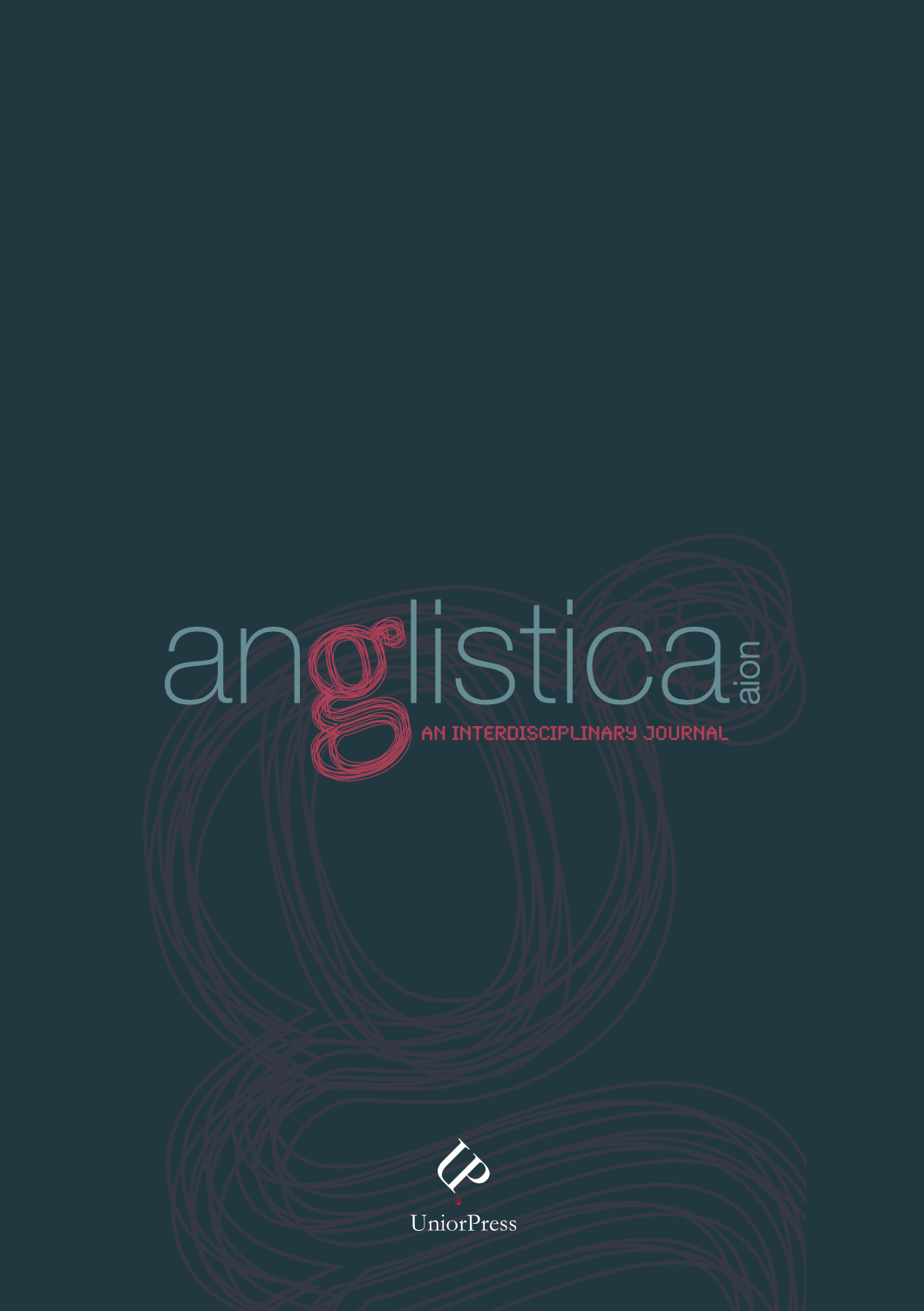The Role of Absences in Framing Environmental Refugees in The New York Times
Abstract
In examining the framing of ‘environmental refugees’ in The New York Times (1985-2015), I argue that patterns of absence may provide insights into how elite newspapers might be silent; or, may mute discussions on complementary constructs of restorative justice and moral opprobrium. Even counter-discourses offered by leaders of the low-lying nations that frames paradigms of resilience, adaptation and sustainability are seen to foreclose non-state conceptions of alternative futures. A full line of absences that include masks, void and traces – as identified by Arran Stibbe in Ecolinguistics (2015) – is seen as a necessary way to explain what gets lost in the chain of signification. This study suggests that both these conceptual tools (i.e., framing and patterns of absence(s)) should be merged together, if, we are to show that when an issue is framed in a certain manner it also structures what is (dis)advantageous to certain groups. Without the application of this approach, we are unwittingly participating in selectively silencing the evidence for the projection of the frame.


